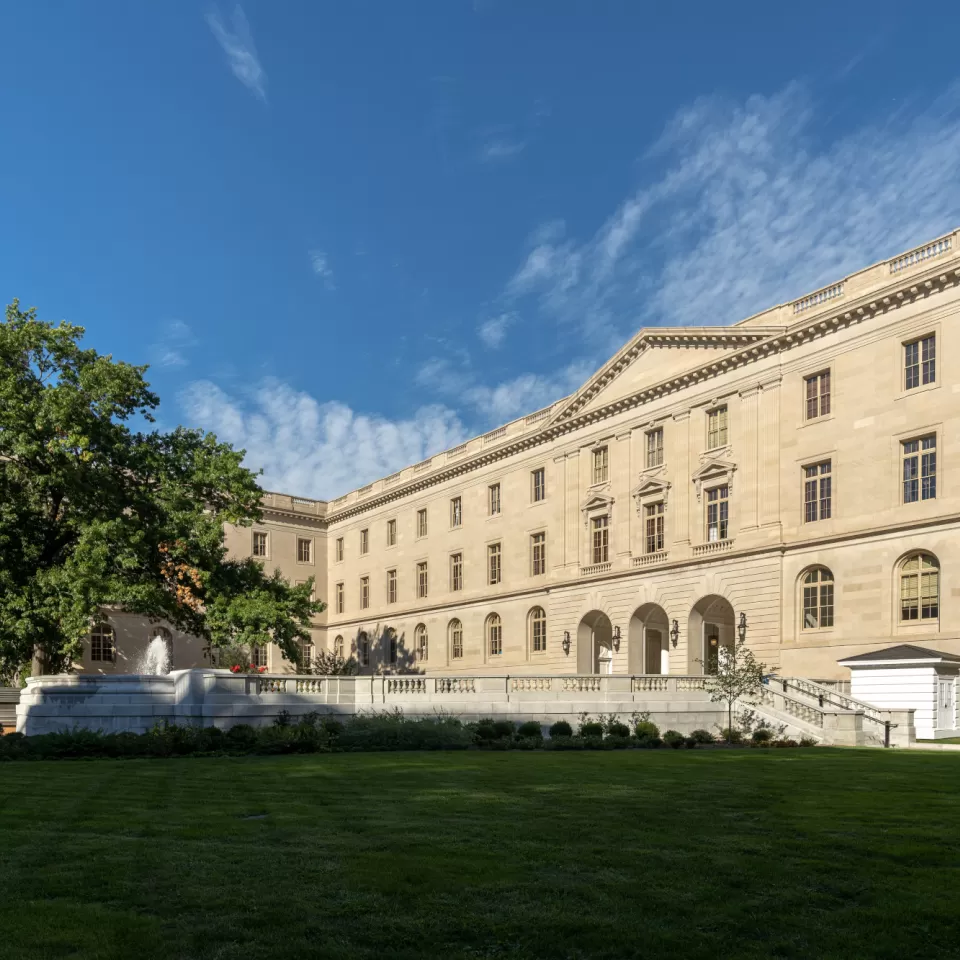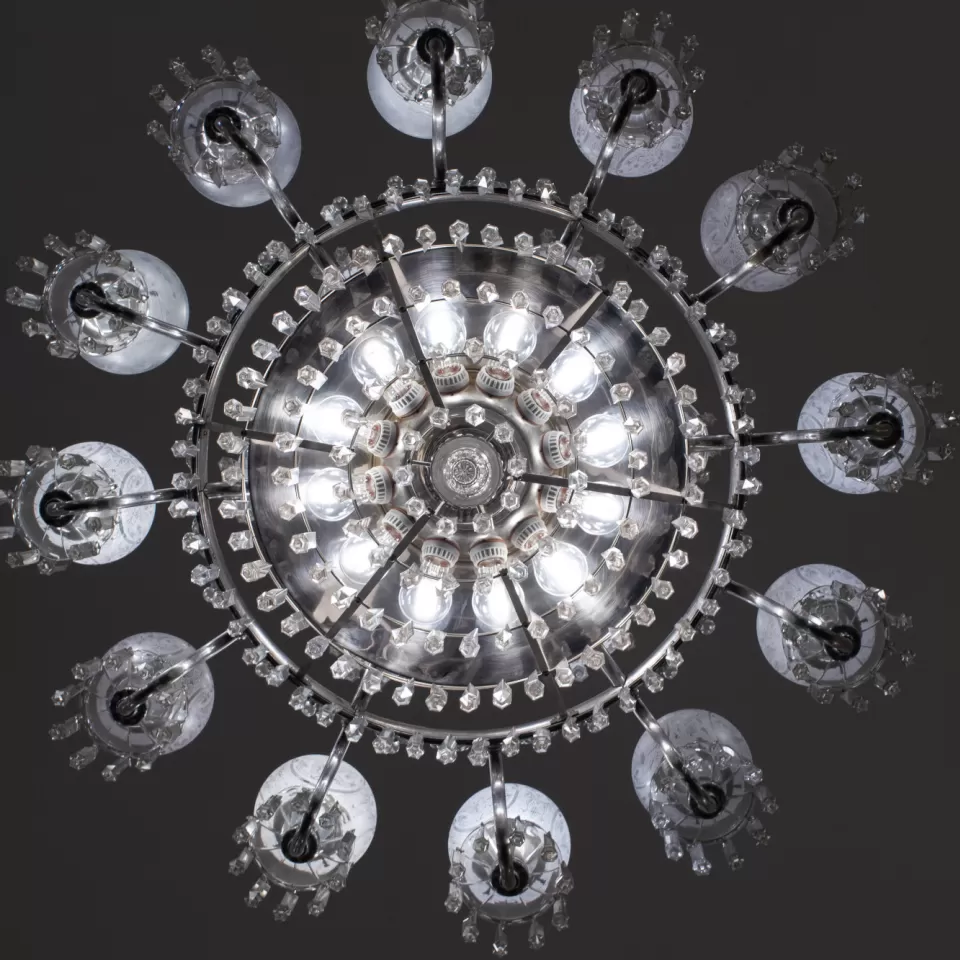Our Stories
Recent Articles
Projects
The AOC Never Paints Itself Into a Corner
An in-depth look at the most recent phase of the Capitol Building Paint Analysis and Plaster Repairs project.
Projects
Group Project: The Russell Building Courtyard
The Russell Senate Office Building courtyard was recently restored as a supplement to the Russell Exterior Envelope Project.
Projects
Cannon Light Fixture Restoration
While light fixtures are like jewelry to a room, they can also set a tone for the significance of the space. Naturally, they also provide illumination to enable work and safe movement.
Projects
Employees Lead U.S. Botanic Garden Horticultural Renovations
Several USBG employees recently led projects inside the Conservatory to improve the growing spaces and showcase more of the permanent plant collection.









Comments
THANK YOU FOR YOUR DEDICATION, ESPECIALLY THE CARVING.
The Capitol dome appears on TV news shows all the time so we've followed the restoration work. It has turned out beautifully; looking markedly better. Well done! Thank you for your work.
Add new comment